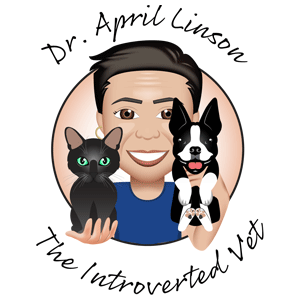At A Glance
- There are so many diet choices available for our companion animals today, yet many do not diets aren’t formulated appropriately for dogs and cats.
- Your dog or cat is a carnivore and should eat a diet that reflects their nutritional needs.
- Carnivores thrive when they consume fresh, whole foods.
When it comes to feeding our dogs and cats, there are more options now than ever before. While this is wonderful for our companions in that we can provide a better diet more readily than in the past, the sheer number of choices in each category leaves many of us confused and probably a little anxious. We all want to feed our companions the best diet to promote happy, healthy animals for many years, but nearly every week we hear about recalls and contamination with pathogenic bacteria, heavy metals, and other contaminants. It’s no surprise even the most diligent and informed person is wondering, “Am I feeding my animals the best possible food I can?” or even more basically, “What is the best food I can afford to feed my companions?”
We’ve got some information to help you get started in your search. Let’s start with the basics and then in my next post, we’ll delve into more specifics.
What is appropriate for your dog or cat?
First things first – there is no ONE food that is right for every animal. Like humans, animals are individuals. There are species-appropriate diets, but each animal may have somewhat different results in eating the same food. (We will discuss other influencers of health more in later posts. I don’t mean to be cryptic—none of us exist in a vacuum and living beings are complex systems with many potential health influences from chemical exposure in our homes, environment, and foods; emotional health in the household and the animal itself; the individual’s microbiome health; genetics and neonatal care; and balance of exercise, rest and stress, etcetera.)
Next, it’s important to remember that dogs and cats are carnivores. Cats are obligate carnivores. They need animal protein and fats and the amino acid balance is important. Cats have a low drive to drink water.
Dogs are omnivorous carnivores and can eat a wide range of foods to survive. Dogs are opportunistic scavengers. All carnivores have short digestive tracts. Carnivore digestive tracts are designed to get food in and out quickly, limiting exposure to pathogens they might encounter from ingesting the colon or other bacteria-laden body parts from their prey. A carnivore’s digestive tract doesn’t ferment foods like a vegetarian animal’s GI tract.
Obesity is not seen in wildlife. The small prey dogs and cats might consume in the wild would typically contain moderate amounts of high quality animal fat and a very low percentage of carbohydrates. Wild cats would consume only small amounts of carbohydrates from the GI tract of their prey.
Wild dogs are scavengers, so their diet would be more varied than wild cats. They catch and consume whole prey, but they also eat carrion. Wild dogs also eat feces, berries and other plant matter.
When cats were offered three diets with varying macronutrient profiles, they choose a high protein, high fat diet. When averaged out, the total consumption of the different diets showed the cats preferred 50-52% protein, 36-50% fat and 2-12% carbohydrate.
In the same three diet offering study, dogs chose a high fat, moderate protein diet. Dogs average for these diets showed a preference for 30-38% protein, 59-63% fat, and 3-7% carbohydrate.
Based on this information, you can probably tell some of the reasons that processed pet food isn’t supporting animal wellness. Next, let’s delve into the issues with processed food and then we will tackle the topic of the best and worst types of pet food.



